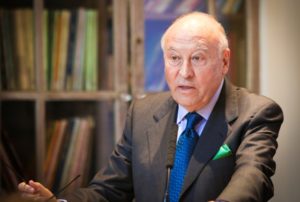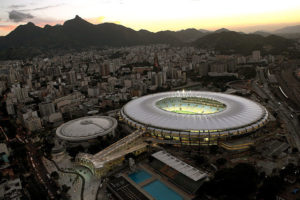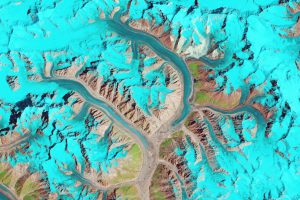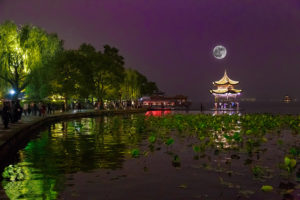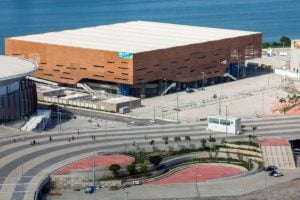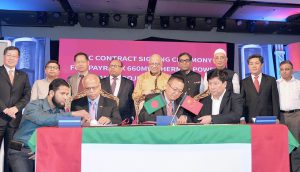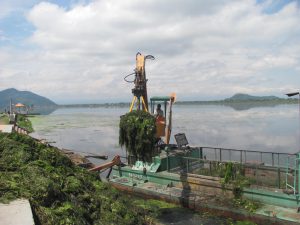As the world attempts to reduce its greenhouse gas (GHG) emissions, the New Development Bank (NDB or BRICS Bank), still needs to convince a sceptical market that its projects will be sustainable. The bank, which held its first annual general meeting and the 6th of its board of directors in July, approved loans for renewable energy projects three months previously without having announced any sustainability policies.
The ‘green’ first batch of loans backed by RMB3 billion in ‘green’ bonds with a 3.07% nominal interest rate have done little to appease observers who criticise the bank’s governance. Green groups remain concerned by the lack of transparency on how loans will be allocated and monitoring environmental impacts. Since the bank began operations, no information has been published about its basic scope and institutional structure, something which would enable the public to assess and strengthen its sustainability policies.
“This is extremely disappointing for a bank that aims to encourage new models for sustainability and change the course of development,” said Katharine Lu, sustainable finance coordinator at US NGO Friends of the Earth.
The first four renewable energy projects were approved in April, and total US$ 811 million which will be lent through national banks, a process known as ‘on-lending’. The projects will add 2,370MW of installed energy capacity, and could reduce emissions of carbon dioxide (CO2) equivalent by nearly 4 million tonnes per year.
The NDB is a multilateral institution designed to serve the infrastructure needs of emerging markets in the wake of the 2008 global financial crisis. The presidents of Brazil, Russia, India, China, and South Africa signed an agreement to create the bank in July 2014.
First projects
In Karelia, Russia, the bank will fund two small hydroelectric plants generating a combined 49.8MW. The project, worth US$100 million, will be divided into two US$50 million parcels and disbursed via the Eurasian Development Bank (EDB) and International Investment Bank.
In Brazil, the bank indirectly released US$311 million to national development bank BNDES for renewable energy projects totalling 600MW. According to a sources consulted by Diálogo Chino, the NDB has allocated resources to a specific department within BNDES for renewable energy and will support projects including solar parks, which are backed by an as yet unidentified entrepreneur.
India received US$250 million through the Canara Bank for renewable energy projects that will add 500MW of installed capacity and are expected to reduce emissions by approximately 815,000 tonnes. South Africa will receive US$180 million to finance transmission lines that will connect 670MW from renewable sources and 500MW capacity substations with residences in isolated areas that are not part of the electrical grid as part of a programme for independent production of renewable energy.
China received the smallest allocation of funds, at just US$81 million. This will finance rooftop solar projects totalling 100MW and will be administered by China’s Shanghai Lingang Hongbo New Energy Development Company.
No guarantees
Paulina Garzón, director of the China-Latin America sustainable investment initiative (IISCAL) at American University, says that the bank has approved projects without social and environmental guarantees. Furthermore, the BRICS Bank has made no attempt to learn about the potentially negative social and environmental impacts of its financing.
“I think the NDB has two urgent tasks: one is to give a clear and detailed definition of the bank’s vision of ‘green financing’, and the other is to arrive at a number of significant social and environmental policies, consulting the communities the bank intends to help,” Garzón said.
Of the bloc’s five countries, Brazil may face the largest problem in attracting and adminstering loans as it experiences profound political and economic crises that are deterring investors. The country awaits the outcome of the impeachment of President Dilma Rousseff, who signed the agreement creating the NDB.

